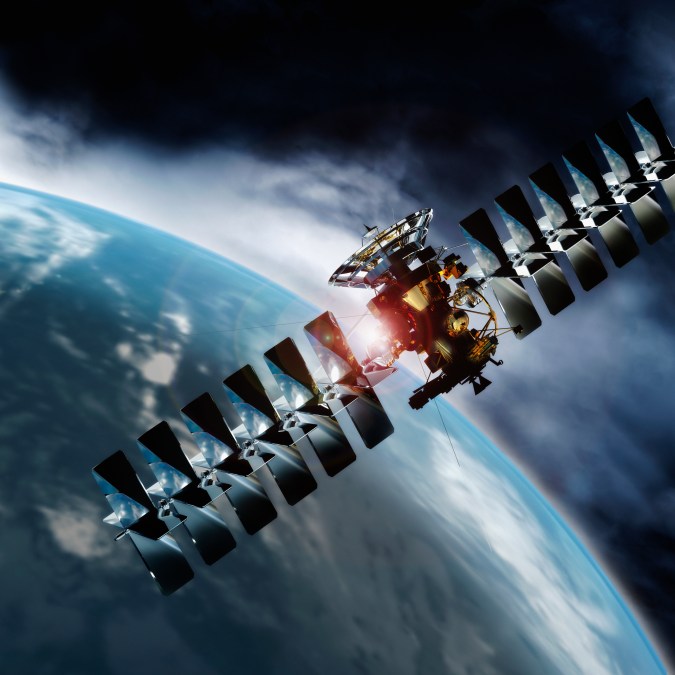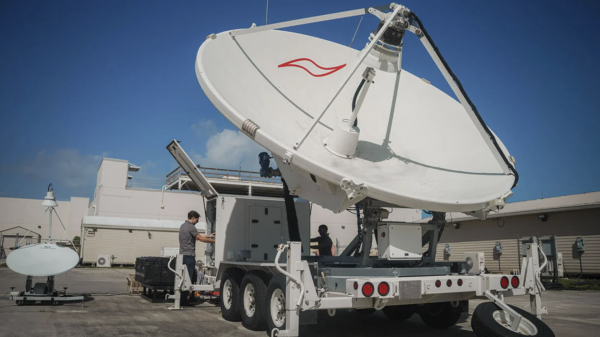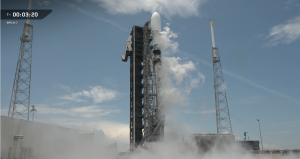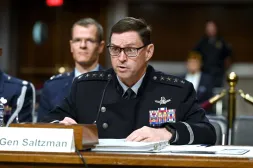Space Force looking to scale ‘integrated’ unit structure to other missions

The Space Force has seen some early successes from its new centralized units known as Integrated Mission Deltas (IMDs) and is now considering how to scale that structure across additional mission areas, according to the new head of Space Operations Command (SpOC).
Over the last five months, the Space Force has been experimenting with two Integrated Mission Deltas: one focused on positioning, navigation and timing (PNT) and a second on electromagnetic warfare (EW). The model brings a single mission area’s personnel, training elements and sustainment function under one commander while also incorporating additional cybersecurity and intelligence professionals.
When Chief of Space Operations Gen. Chance Saltzman announced the new pilot units in September, he explained the goal was to improve the readiness of the Space Force in selected mission areas. Now the service is looking at how to replicate the model with other parts of the force, SpOC Chief Lt. Gen. David Miller said Tuesday during his first call with reporters since taking the helm of the field command in January.
“I will tell you that my recommendations are in. We are having conversations about that with the service chief. He will decide what are the next candidates to do that,” Miller said. “Many of you know me, I’m pretty aggressive. You can imagine that my recommendations are pretty aggressive. We’re gonna go with whatever the service chief and [the Secretary of the Air Force] decide, and I think you’ll hear something about that in the coming weeks.”
Currently, the Space Force allocates operations and training functions to various SpOC deltas — essentially the service’s version of numbered units and commands — while sustainment and acquisition responsibilities are held by Space Systems Command (SSC). Under the IMD model, a SpOC delta commander gains acquisition professionals responsible for sustainment who will also collaborate with their counterparts at SSC — which is still the deciding authority on acquiring new capabilities.
While Miller did not go into much detail about his recommendations, he did outline some successes the Space Force has seen with the IMDs so far that have influenced his guidance.
For example, both the PNT and EW integrated deltas have been able to finish testing milestones at an “unprecedented rate by taking almost 10 to 15 percent of the total time that was anticipated to accomplish the milestones,” he said.
There have also been improvements in how the Space Force fields capabilities to U.S. Space Command, as well as in the service’s ability to rapidly fix, repair or address issues with space systems “by virtue of a commander having authority over all the sustainment and maintenance that previously were split between two commands,” he added.
Despite the early wins, Miller emphasized that the IMD construct isn’t one that can be applied across the Space Force. Rather, the model is best for mission areas that require forces to be presented to Spacecom, he explained.
“We have to centralize authority over both the manpower, the weapons system and the sustainment and training of those guardians and airmen to get the job done,” he said. “That’s just a core requirement when we’re presenting combat power to a combatant command, so I think it’s absolutely necessary in those cases.”
In others where a delta provides services specific to the Space Force or has a more tailored mission, it wouldn’t be necessary to transition those to an IMD model, Miller said.
“I just don’t think that in every case and in every situation you’ll see the … Integrated Mission Delta be a requirement,” he said. “Some of those deltas don’t need that. They still need to be part of Space Operations Command, they just don’t necessarily need to be integrating all those capabilities under one single commander.”
Updated on March 4, 2024 at 5:20 PM: This story has been updated to clarify sustainment and acquisition roles under the IMD model.






